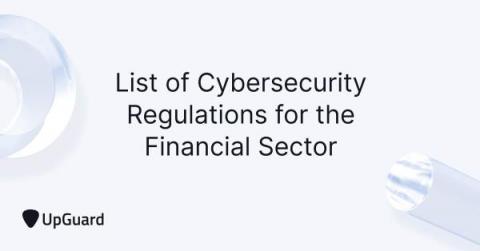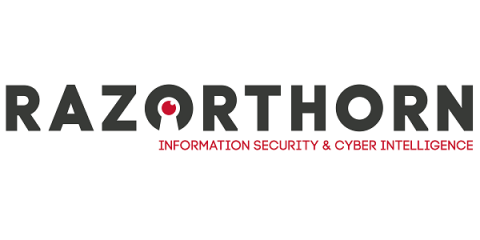Security | Threat Detection | Cyberattacks | DevSecOps | Compliance
Finance
Top 12 Cybersecurity Regulations for Financial Services
The proliferation of cyberattacks targeting the financial sector has forced the establishment of several mandatory cybersecurity regulations. Though often considered an unnecessary burden on security teams, regulatory compliance is one of the most effective strategies for keeping financial services accountable for their security posture. Cybersecurity regulations must be malleable to remain relevant in a rapidly evolving threat landscape.
4 Reasons Why Cybersecurity is Important in Banking
Organized cybercriminals are leaving traditional bank robbers in the dust. Nowadays, the banking sector’s most significant security concerns come in the form of online threats. Banks and other financial institutions process millions of transactions daily, with the majority of the transactions done via digital payment transfer platforms. For that reason, banks have become enticing targets for cybercriminals.
Biometrics in the Banking Industry
Biometric technology, such as fingerprint sensors and voice recognition, has become widely popular in recent years with the boom in mobile applications. Organizations are now trying to make use of this technology and implement it to a wide range of areas. Particularly for the banking industry, biometrics can play a vital role in fraud prevention. With the prevalence of phone and digital banking, banks require innovative ways to authenticate their customer’s identity.





